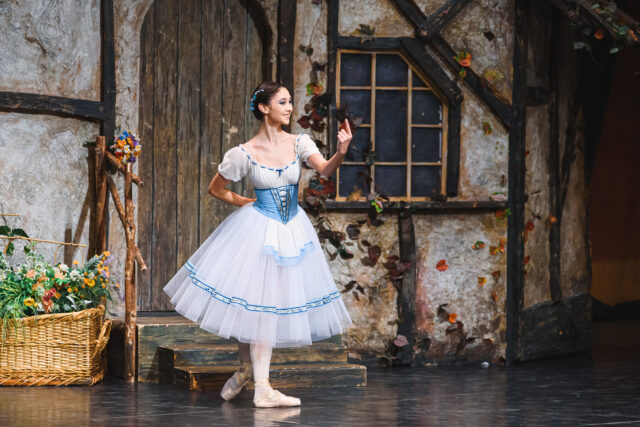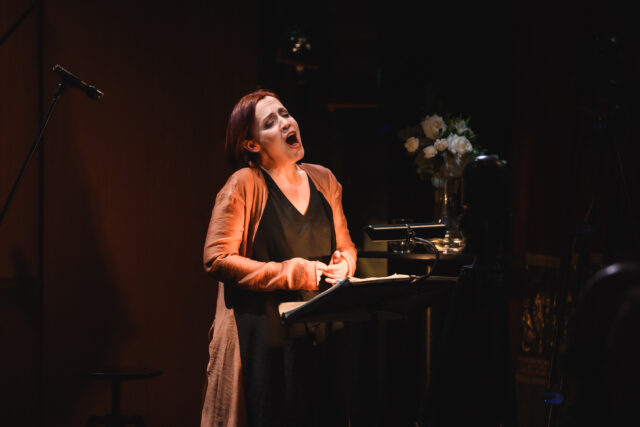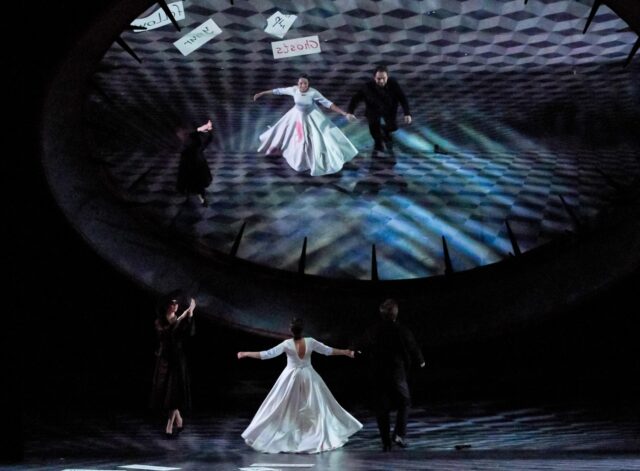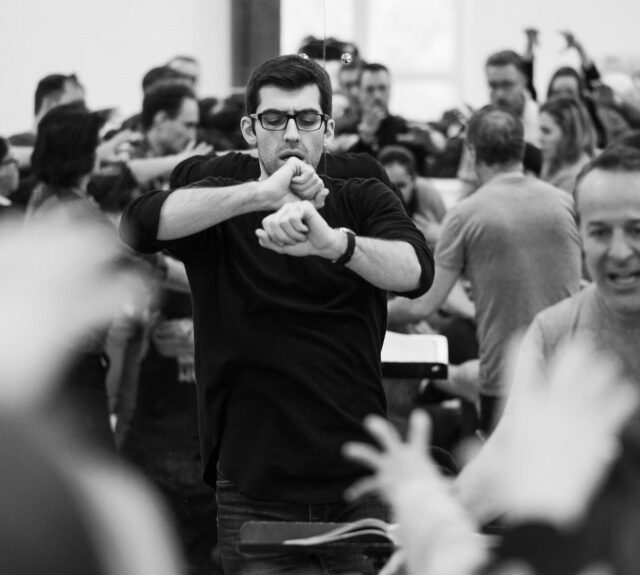
About the museum of the perm tour and ballet theater
When the museum was founded
The second half of the 1940s. The first years after the restoration of the theatre, which had been interrupted for three years, from 1941 to 1944, during the evacuation of the troupe of the Leningrad Opera and Ballet Theatre named after S. M. Kirov to Perm. It would not be an exaggeration to call this stage of the theatre’s history a revival, marked by the creative intensity of everyday life, the intense activity of each theatre employee, who felt responsible for its future.
Enthusiastic Founders
Anastasia Nikolaevna Kokurina, a ballerina of the Perm Opera and Ballet Theatre (1945-1960), after finishing her dancing career, was not afraid of the hassle and complexity of a new business, the organization of which had yet to begin: the formation of funds for the theatre museum and their further systematization.
After Anastasia Nikolaevna left with her family to Voronezh in 1966, journalist Yuri Arkadyevich Silin became the director of the museum. Supported by the director of the theater S. G. Khodes and the chief director I. I. Keller, Yuri Arkadyevich took the position of assistant to the chief director for literature, at the same time taking possession of the legacy of the theater museum. For 34 years, he was engaged in the formation of the museum collection, studied the history of the Perm theater with the aim of creating a detailed chronicle of the theatrical life of Perm in the context of the Russian metropolitan and provincial theater space; he carried out educational work aimed at increasing the audience interested in theatrical art in general and opera and ballet in particular.
The history of the theatre was collected bit by bit, reconstructed, and gradually compiled into book bindings. A single line about the Perm theatre in a three-hundred-page book, a programme from the early 20th century, a faded theatre pass from the 1920s, a sparse recollection of an old theatre employee, a photograph… Everything that shed even a faint light on the events of the theatre’s bygone years was comprehended, compiled into lines of articles and books, museum exhibits, drawings and oral histories.
Brief description of the museum collection
- Sketches of costumes and scenery for performances (the earliest ones date back to the early 1930s);
- Models of stage sets for performances;
- Theatrical costumes (the earliest ones date back to the 1930s and 1940s), headdresses, shoes, props;
- Handwritten documents (business and personal correspondence, memoirs of artists), photographic documents (scenes from performances, artists, employees of technical shops), photographs of artists from the 1900s-20s who performed on the stage of the city theater in the troupes of various entrepreneurs, newspaper publications about theater premieres, repertoire, troupe artists, musicians;
- Premiere and repertoire posters (since the 1930s), programs (the earliest one dates back to 1899), information and advertising booklets; newspaper of the Perm Opera and Ballet Theater “Our Theater” (1944-1948);
- Documents of the current theatre process (orders, minutes of artistic councils, technical documentation, telegrams, business letters, certificates, agreements on socialist competition between organizations, seasonal reports on the theatre’s activities);
- Personal funds of artists and management staff;
- Tour materials (reports, photographs, booklets).


